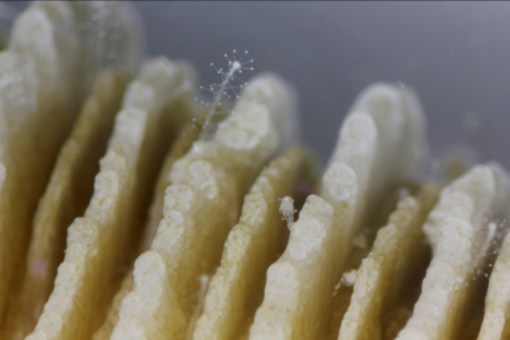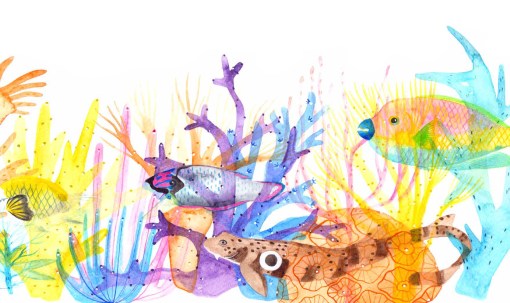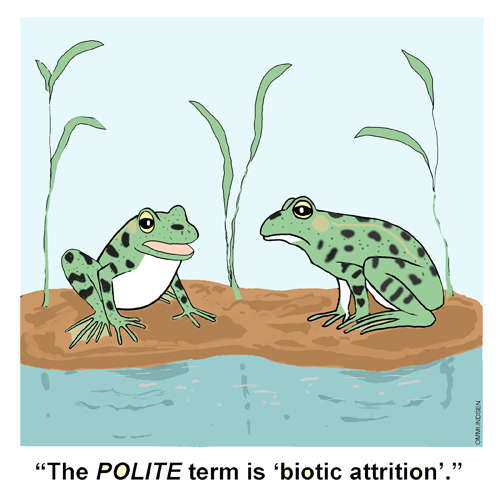
As I have done for the last four years (2016, 2015, 2014, 2013), here’s another retrospective list of the top 20 influential conservation papers of 2017 as assessed by experts in F1000 Prime.
- More than 75 percent decline over 27 years in total flying insect biomass in protected areas — … document[s] the devastating loss of flying insects in Germany … show[ing] that total flying insect biomass has been reduced by three quarters during the last three decades, irrespective of habitat type, weather variation, and the protected status of their sampling sites … (see also related blog post on CB.com)
- Decline in global oceanic oxygen content during the past five decades — … report a decline [in oceanic oxygen content] over several decades in almost all ocean basins … consistent with what is anticipated from anthropogenic global warming. Far-reaching implications for biogeochemical cycles, ecosystem function, and fisheries are foreseen …
- Soil networks become more connected and take up more carbon as nature restoration progresses — … This study … showed that shifts in the composition, network structure, and connectivity of soil food webs can alter the rates of … important ecosystem processes …
- Applying network theory to prioritize multispecies habitat networks that are robust to climate and land-use change — … an excellent example of how to integrate multiple data sets and future uncertainty into conservation planning around a major urban area …
- An Amazonian rainforest and its fragments as a laboratory of global change — Essential reading for all habitat fragmentation readers … (see also related blog post on CB.com)







